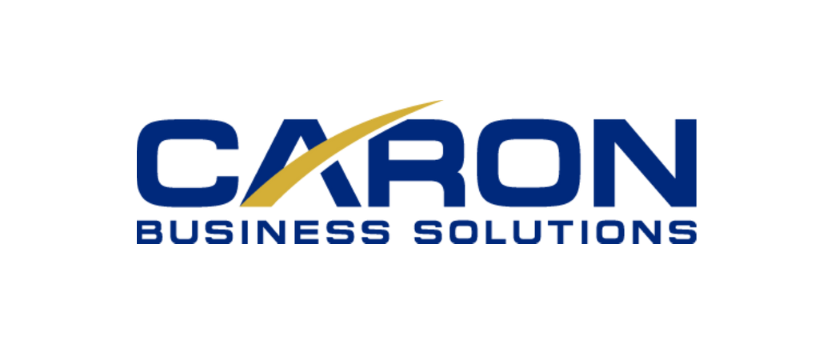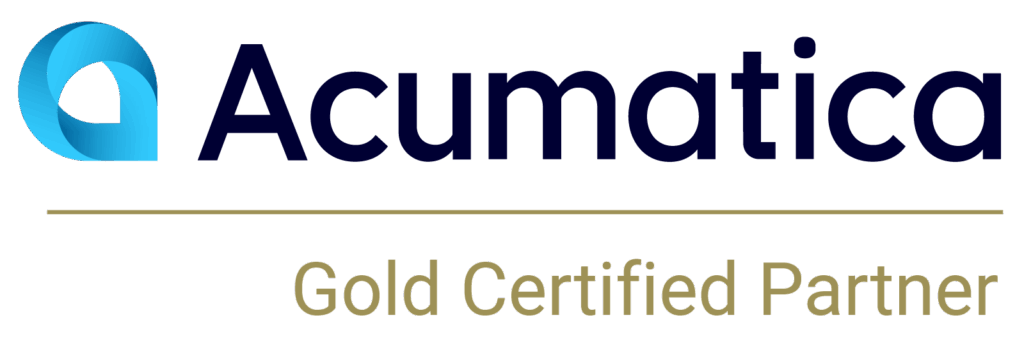Recruiting and retention strategies for the global mining industry
By Paul Caron
A leading factor in the long-term success of your mining organization is having the right people in the right jobs – in an environment where they can thrive, advance, and perform. Successful mining organizations know they need to be great to attract and keep great talent. But hiring the best talent is not just about offering the highest salary. It’s about providing each employee with the development, challenges, and appreciation to ensure they remain happy, engaged, and motivated. Here we highlight 5 key talent acquisition and retention strategies successful mining organization rely on:
1. Attract, don’t just recruit
Is your mining company a great place to work? It’s a question top candidates will be asking themselves as they research potential employers. One effective way to communicate your organization’s culture, values, and personality is through an employment brand or employment branding process.
Think of your employment brand as the market perception of what it’s like to work for your organization. It’s the image that your prospective, current, and past employees have about the employment experience, and includes things like your culture, work environment, employee benefits, and advancement opportunities. Your mining company’s brand affects the recruitment of new employees, retention and engagement of current employees, and the overall perception of the organization in the market. Essentially your brand should create a sense of urgency and excitement motivating prospect employees to seek you out and current employees to remain engaged.
Social media has quickly become a powerful recruiting tool. In fact, a recent Aberdeen Group survey reported that 68 percent of best in class recruiters think social media is crucial to their recruitment strategies. Your company’s LinkedIn and Twitter accounts can help you spread the word about new job opportunities. They also help put a human touch on your organization, providing a way to introduce and showcase elements of your corporate culture and mission.
2. Make data-backed decisions
It’s tempting to focus on recruiting only when the need arises, but mining companies are now recognizing that effective talent management is an ongoing strategy, not simply a response to an immediate need. Armed with the right data about your current mining workforce, you’re in a better position to ask and answer people-related questions that will help you make the right hiring and staffing decisions, including:
- What skills do we need for our upcoming projects?
- Do we have enough individuals on staff with those skill sets?
- Are any of them due to retire during that timeframe?
- Are there people we can begin training to fill those roles, or shall we begin the recruiting process?
3. Hire for attitude, train for skills
The cost savings associated with hiring a new employee are high, and if that person turns out to be wrong for the job, the costs are compounded. Some research shows the cost of a bad hire can be more than 200 times the employee’s annual salary. Those figures represent the cost of recruiting, onboarding, and education and training, followed by termination and another round of recruiting, onboarding, and training.
With so much at stake, it’s important to do everything you can to get it right the first time and nurture your new hires to help them succeed in their roles. Part of doing it right is providing the appropriate training for each position. With relevant and effective training, you get a more engaged and productive mining workforce – and a group of powerful brand ambassadors for your company.
4. Maximize the onboarding experience
The best recruiters understand what’s it like to be an applicant and hone the recruiting and onboarding process to be an overall positive experience. The Society for Human Resource Management (SHRM) reports that new employees decide within the first 30 days whether they feel welcome in the organization and that one in 25 leaves their jobs because of a poor (or nonexistent) onboarding program. There are at least three areas in the applicant experience to focus on:
- First impressions: Are your job listings up-to-date and does the language accurately reflect the position and the ideal applicant? Do the listings help convey your brand? Do applicants receive confirmation of the submittal of their resume or application?
- Process: Does the process move smoothly with organized, timely interviews? Do you process resumes efficiently? Are non-selected applicants politely notified?
- Finalization: Is the onboarding process geared to the applicant? Do they have the tools they need to succeed? Are early expectations communicated?
5. Make it a long-term relationship
Employee engagement is a workplace concept that refers to how committed employees are to their organization’s goals and values, and how motivated they are to contribute to the organization’s success. Research has shown that highly engaged employees:
- Are more customer-focused, more creative at work, and take less sick leave.
- Care about the future of their organization and put in greater effort to help it meet its goals and objectives.
- Feel proud of the organization they work for, are inspired to do their best, and motivated to deliver.
- Are much less likely to leave the organization.
Striving for high levels of employee engagement simply makes smart business sense. Think of employee engagement as a long-term, evolving relationship between your organization and the employee – one that begins long before the employee starts to work. By building employee engagement strategies into your recruiting methods, you are demonstrating that yours is a company that invests in its most valuable natural resources.
A healthy long-term recruiting and retention strategy can help to grow, global mining enterprises locate, attract, hire, and retain top talent in an increasingly competitive environment. Human resource management systems (HRMS) and human capital investment management (HCM) systems are effective tools in achieving these goals, and ultimately, in your mining business’s success. Learn more here.



